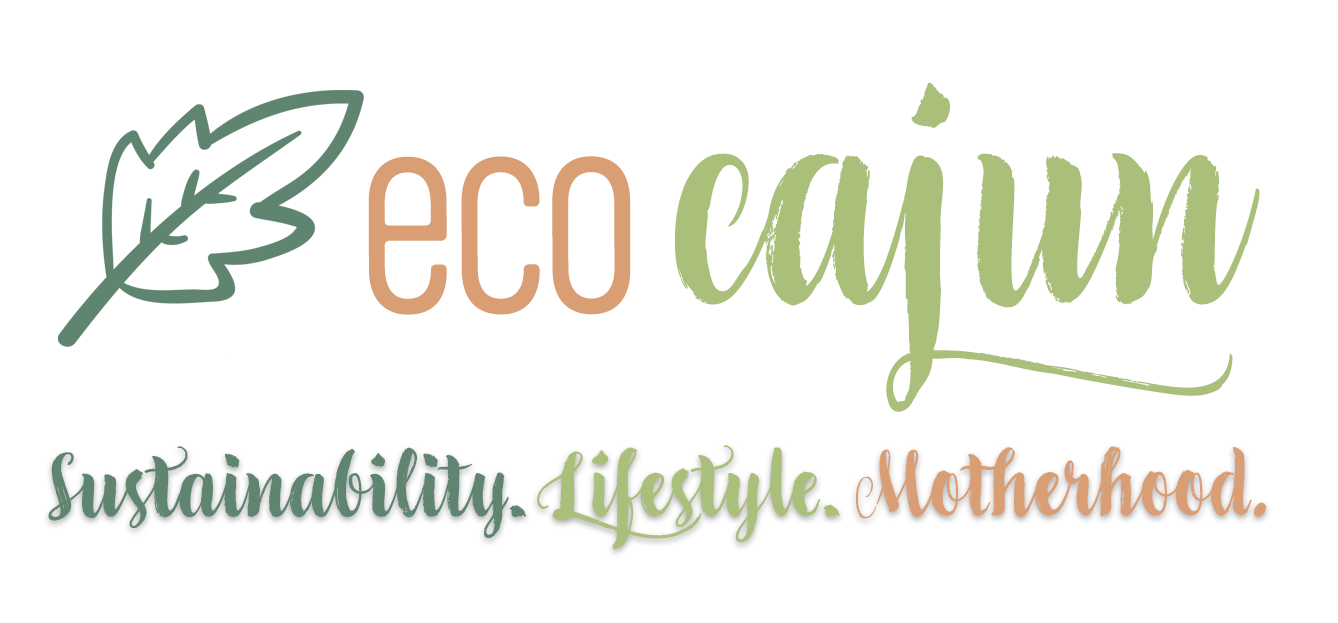There is a lot of controversy over whether BPA is actually harmful to humans or not, but even if it's not necessarily the evil it's made it out to be, it's still not a good thing. Why not go as natural as you can, just for the sake of reducing the amount of man-made chemicals you encounter?
BPA stands for bisphenol A and it's an industrial chemical that has been used to make certain plastics and resins since the 1960s, including mainly polycarbonate plastics and epoxy resins. An estimated six billion pounds of BPA are produced globally annually.
Polycarbonate plastics are often used in containers that store food and beverages, such as water bottles, and baby bottles and cups, compact discs, impact-resistant safety equipment, and medical devices. They may also be used in toys. Epoxy resins can be used to coat the inside of metal products, such as food cans, baby formula cans, bottle tops and water supply lines. Some dental sealants and composites may also contribute to BPA exposure. And certain thermal paper products, such as cash register receipts, may contain BPA. Those are the more slick receipts, where the ink smears and turns purplish when it gets wet. Did you realize that BPA is in PAPER?
BPA can leach into food from the protective internal epoxy resin coatings of canned foods and from consumer products such as polycarbonate tableware, food storage containers, water bottles or baby bottles. The degree to which BPA leaches from polycarbonate bottles into liquid may depend more on the temperature of the liquid or bottle than the age of the container.
Trace BPA exposure has been shown to disrupt the endocrine system and trigger a wide variety of disorders, including chromosomal and reproductive system abnormalities, impaired brain and neurological functions, cancer, cardiovascular system damage, adult-onset diabetes, early puberty, obesity and resistance to chemotherapy.
Three years ago, the Food and Drug Administration shifted its posture and no longer asserts that trace BPA contamination in food and beverages is safe. The agency has launched a new investigation of low-dose BPA risks and is encouraging industry to develop BPA-free can lining. And the National Toxicology Program at the Department of Health and Human Services says it has some concern about the possible health effects of BPA on the brain, behavior and prostate gland of fetuses, infants and children.
However, the American Chemistry Council, an association that represents plastics manufacturers, contends that BPA poses no risk to human health. And Forbes has a contribution about how BPA is found to not be harmful, yet some groups insist on decrying its presence and ignoring science. Some groups just don't believe that the presence of BPA at the current levels are serious enough to elicit such outrage and avoidance.
But, if a chemical has brought about the concerns that it has, even if it's negative effects, why would you want it in your belongings anyway?
So, what are some ways you can reduce your exposure to BPA?
- Don’t microwave polycarbonate plastic food containers. Polycarbonate is strong and durable, but over time it may break down from over use at high temperatures.
- Plastic containers have recycle codes on the bottom. Some, but not all, plastics that are marked with recycle codes 3 or 7 may be made with BPA.
- Reduce your use of canned foods.
- When possible, opt for glass, porcelain or stainless steel containers, particularly for hot food or liquids.
- Use baby bottles that are BPA-free.
- Use BPA-free water bottles, or use food-grade stainless steel water bottles.
- Refuse receipts when you don't really need one.
Sources:
National Institute of Environmental Health Sciences
The Mayo Clinic
FDA
Environmental Working Group
Department of Health and Human Services





No comments